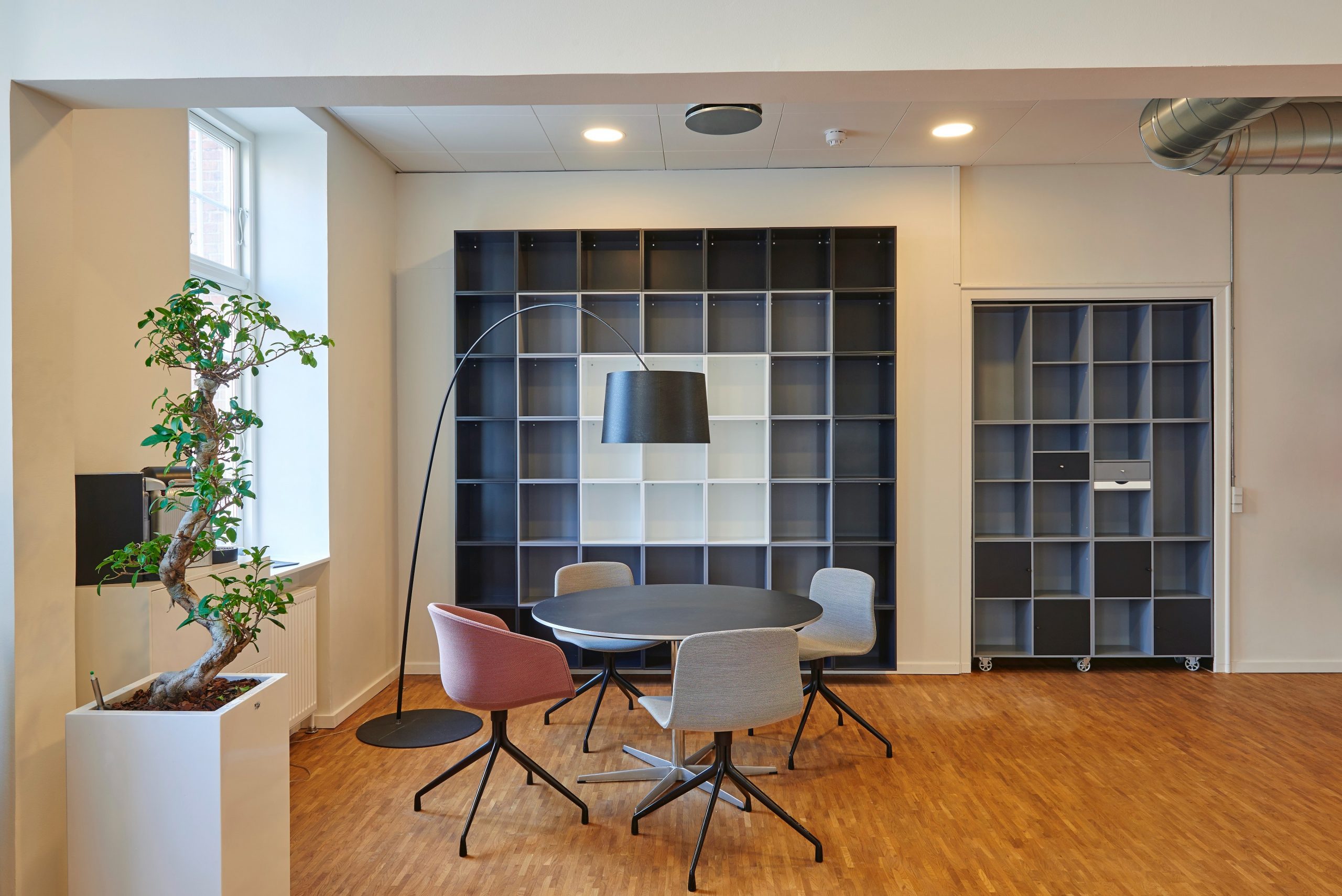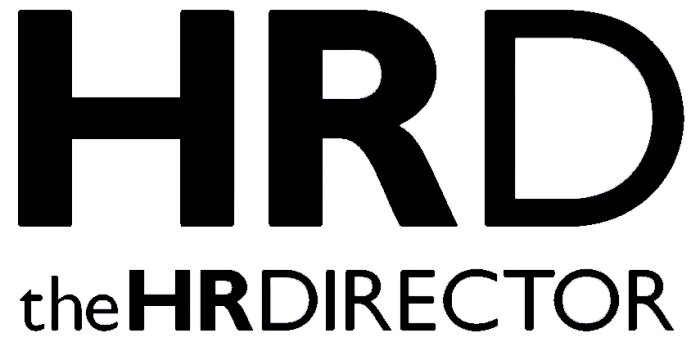The COVID-19 pandemic has the business world rethinking how to do more to support healthier workplaces. It raises a lot of questions. Are there certain office configurations to better protect from infectious diseases? Are there preferred strategies to enhance physical and mental health? In short, organizations are eager to take action to prioritize health and well-being, but they also want to be sure they’re leveraging the latest research and deploying evidence-based strategies and best practices.
Any company can benefit from the holistic approach. Here are five ways, immediate actions you can take, to get started today:
Promote clean contact
Maintaining good office cleaning protocols and promoting effective handwashing habits can support individual and organizational resilience by helping to reduce the chance of infection. Here are some easy steps to take to cover both:
- Encourage your team to wash their hands with soap and water for at least 20 seconds as the best way to deactivate pathogens, including coronaviruses. Signage helps. It reinforces the proper steps and serves as a consistent reminder.
- Provide hand sanitizer—along with instructions for effective use—as a complement to handwashing during times of elevated risk of infectious disease.
Address indoor air and water quality
Air stagnation may concentrate airborne viruses, dust or emissions from building materials, so it is important to maximize outdoor intake and avoid recirculated air. Exposure to a range of contaminants in water can also result in negative health impacts, including the spread of infectious disease. Here’s how to mitigate both of those unhealthy scenarios:
- Maintain effective air filtration systems by ensuring – and documenting – that these systems are maintained according to the manufacturer’s instructions. If not maintained properly, they could lose efficacy.
- Follow national and local water quality guidelines by updating and verifying water management plans. Be sure to conduct appropriate monitoring and regular maintenance of your drinking water.
Offer ergonomic furnishings
Musculoskeletal injury is one of the most reported causes of lost employee work time and reduced productivity. Take measures to better support proper ergonomics for on-site and remote work.
- Provide ergonomic solutions and workstation furnishings (visual ergonomic support, height-adjustable work surfaces and chair adjustability) that support comfort, safety and health, and allow for customization.
- Provide user orientation to workstations covering ergonomic design and adjustability features.
Emergency preparedness plan
Organizations should regularly re-evaluate their emergency preparedness plans. Having one in place can slow the spread of infectious disease and minimize secondary mortality. These plans should include business continuity, remote work readiness and project re-entry after extended remote periods, all of which can help with business resilience and individual well-being during and after extended emergencies such as global health emergencies like the COVID-19 pandemic.
Provide health services to support physical and mental health
It’s important to create a sense of well-being throughout your organization. You can do this by implementing communication and education strategies that promote available well-being policies and programs such as paid sick leave, family care, fitness classes and other healthcare benefits. As a complement, think about workplace wellness programs and other ways to educate your employees on healthy behaviors, including mindfulness, healthy nourishment, restorative breaks and community engagement.
Bottom line: Investing in healthier workplaces is an investment in your people. Always a wise investment given that people are every organization’s most valuable asset.







